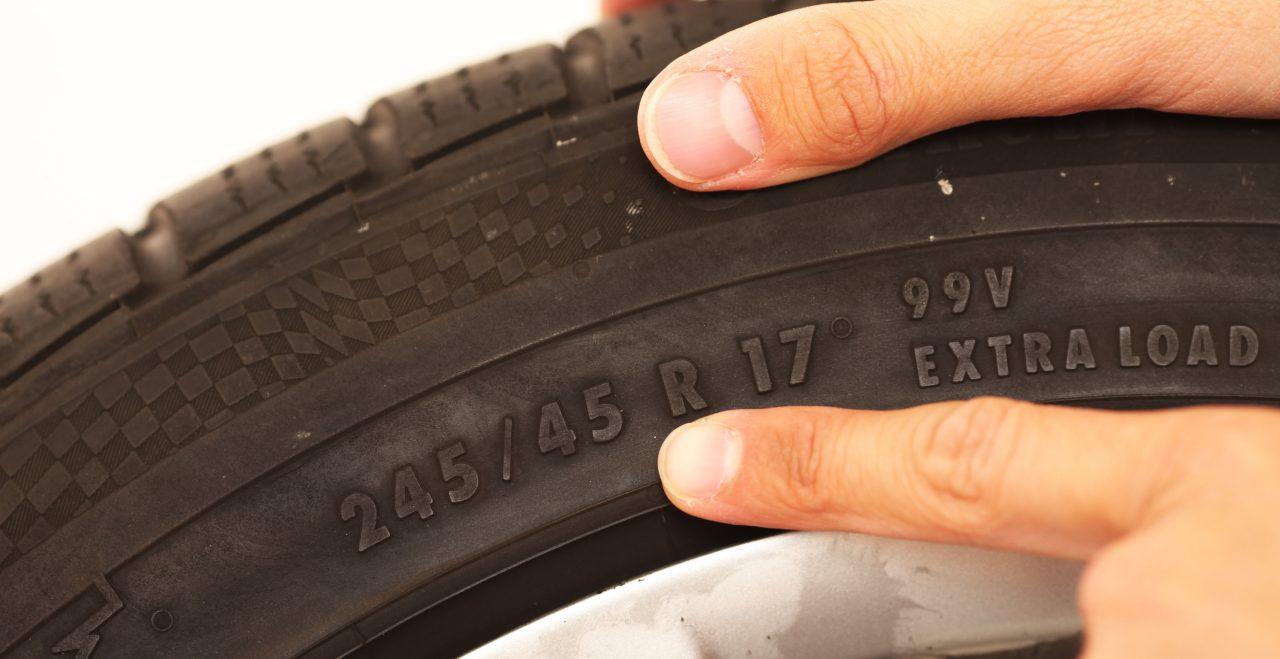There is no doubt that a car tyre is one of the most important elements without which a car is non-functional. With the advancement of technology, there are different varieties of vehicles available in the market, and so are the car tyres. Choosing the right set of tyres for your vehicle might be a bit challenging, as there are ample varieties available in shops. In order to identify which is the best one for your car, you need to read the specifications mentioned on the sidewall of the tyre. According to Tyres Telford, decoding a car tyre is very important as it gives a clear idea of which one is a perfect fit for your car. Some codes are easy to read, while on the other hand, some codes require proper understanding. To get the best fit for your car, it is important to understand the codes that are mentioned on the tyre.
Let's see how you can decode the numbers and letters mentioned on the sidewall of the tyre.
There are many codes mentioned on the side of the tyre. For instance, the sidewall of the tyres has markings like 215/65R15. Moreover, it also has the name of the manufacturers, logo, tyre pressure, ratings, and other details mentioned on it.
The first number is usually an indication of the width of the tyre, i.e., 215. Millimetres are the units required to measure the width of the tyre. Moreover, the width of the tyres differs from vehicle to vehicle, so you should opt for the one that fits your car.
The second number mentioned is 65, and it is the aspect ratio of the tyre. The aspect ratio of the tyre is directly proportional to the height of the tyre. Thus, a higher aspect ratio signifies that the aspect ratio is taller. There are different types of vehicles available in the market, so the aspect ratio is different for different vehicles. For heavy vehicles, the aspect ratio of the tyre is higher, and it can be as high as 95 percent. However, it has a drawback as a higher aspect ratio might compromise handling, but it offers a comfortable riding experience. On the other hand, supercars or high-performance cars have lower aspect ratios, thereby providing better handling capacity and reducing rolling in the corner, but compromising on comfort. Thus, it is a bit challenging task for the manufacturers to provide a balance between both aspects, which includes handling and comfort.
The letter R in 215/65R15 stands for construction. Moreover, it denotes the radius of the tyre. If there is a letter B mentioned in place of R, then it indicates that the tyre is a bias-ply type. Furthermore, the construction of a tyre helps us to understand the distinguished characteristics of tyres, which help them to differ from one another.
The number 15 symbolises the diameter of the wheel. It is one of the most important numbers mentioned here, as the selection of tyres depends on the total size of the rim.
Miscellaneous Markings
Other than the above-mentioned markings, there are various other markings present on the tyre. If the first letter is LT, then it indicates that the tyre is suitable for a light truck that can carry a heavier load rating. However, if it has P, then it indicates an application.
Manufacturing Date
The manufacturing date is mentioned on the surface of the tyres if you decide to get hold of Nexen Tyres Telford. This is because tyres are made of rubber that can be affected after prolonged use, thereby reducing the total quality and longevity of the tyres.
Temperature Indicator
At times, we can find that a range of temperatures is mentioned on the surface of some tyres. It helps us to identify the minimum and maximum temperature range that can be sustained by the tyre. So we need to be more careful so that the temperature is maintained and does not exceed the given range.
Directional Arrows
If we are considering a unidirectional tyre, then it is important to fit the tyre in a forward direction. This is the time when directional arrows become useful, as they allow us to place the tyre facing the right direction. Moreover, asymmetrical tyres have in/out mentioned on them as it is required to be fitted with bigger treads for proper functioning.
Inflation Pressure (PSI)
There is a particular pressure range that should be maintained, and it is denoted by PSI. Maintaining an optimum pressure for your car tyres can not only enhance the performance of the car, but also help in fuel efficiency, as well as increase the longevity of the tyres.



